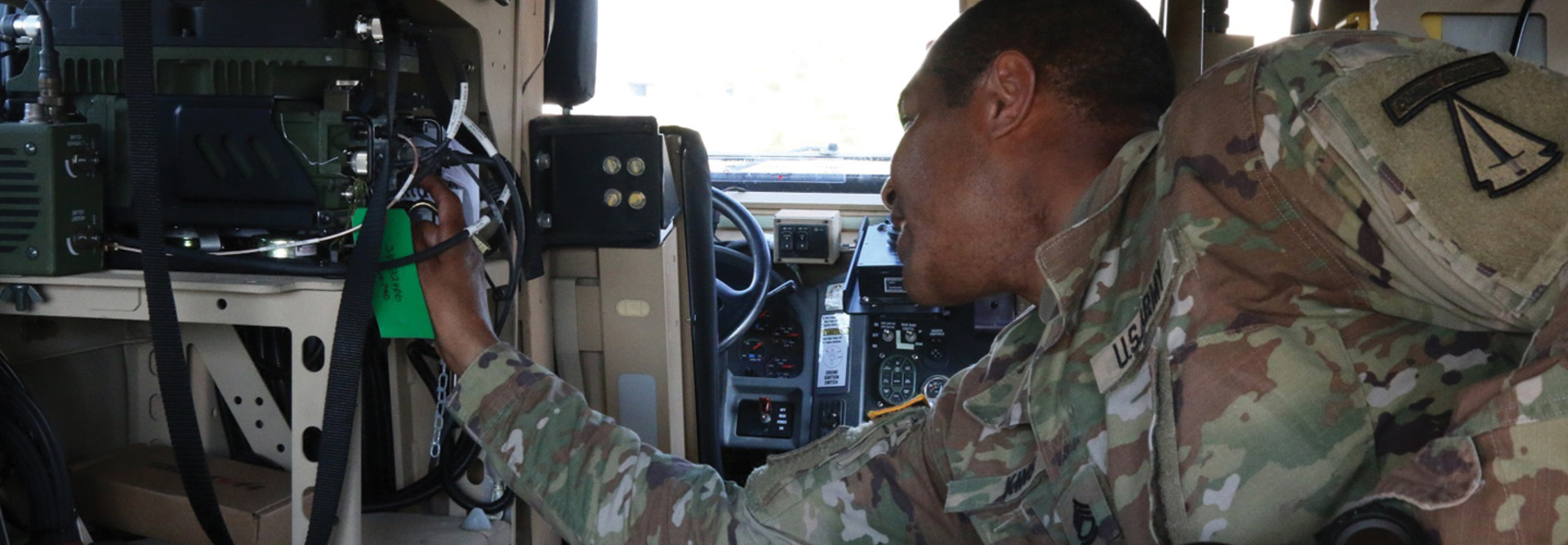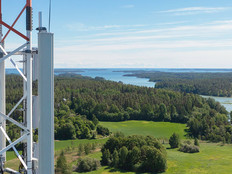Army Explores Uses for Smart City IoT Tools
The Army generally doesn’t deploy smart city technologies, but it does sometimes have to go to battle in urban environments.
That’s why the Army Research Laboratory has been researching how Internet of Things technologies “could complement the capabilities of military assets in urban operations — with smart city infrastructures supporting the emerging Internet of Battlefield Things, or IoBT,” as an ARL press release notes.
The Army tested the networking capabilities of a commercial wireless protocol already used in smart environments known as long-range wide-area network.
LoRa (short for “long-range”) is a wireless data communication technology that is different from the Wi-Fi standard. It runs on 900 megahertz, providing access to a LoRa wide area network (LoRaWAN) through access points with a 100-meter radius. The solution proved ideal for covering vast areas where trees and other obstacles might have blocked traditional Wi-Fi.
The Army wanted to explore how LoRAWAN could help with military communications in dense urban areas, especially where buildings may obstruct communication. ARL used its own IoT architecture as well as commercial smart city hardware and software, and “it sought to demonstrate whether the integrated system could support situational awareness and command-and-control capabilities in tactical environments,” as GCN reports.
MORE FROM FEDTECH: Discover how edge computing can benefit your agency.
Army Collects IoT Data for Comprehensive Insights
In the test, which was conducted recently in Montreal, the ARL attached different connected devices to the roof of a vehicle and drove it around the streets, James Michaelis, an ARL computer scientist, tells GCN.
The ARL set up the IoT devices to transmit at three LoRaWAN data transmission rates, with different message sizes. The connected devices broadcasted the vehicle’s GPS coordinates, and the tests showed that the “maximum transmission distance across the city's central business district was 5 kilometers, or about 3.1 miles, from the receiver,” GCN reports.
“In doing this testing, a key objective involved getting as comprehensive coverage as possible, given roadways in and around downtown Montreal,” Michaelis tells GCN. “One challenge in doing this was that several roadways were not consistently accessible (due to issues such as road construction). As such, data collection had to be spread out over multiple routes and urban terrains.”
The ARL also used the data to explore coverage gap analysis, which looks at where LoRaWAN coverage may be blocked, as well as data rate coverage, which examines the effect of data transmission rates on coverage, according to GCN.
“These both represent ongoing areas of work, involving identification of methods to assess LoRaWAN and the performance of other communication protocols in the presence of varying types of urban infrastructure,” Michaelis says. “A near-term goal will involve work on developing urban terrain profiles, encompassing factors such as buildings, as well as natural terrains, which could be applied to support analysis of network coverage and capability.”
The Army wants to explore using IoT infrastructure at bases and other installations such as forward operating bases and tactical operations centers, according to Michaelis. The IoT tools could be used to monitor changes in the environment and spot threats at base perimeters, or might be used in “humanitarian and disaster relief efforts where situational awareness over the affected areas is required before deploying,” GCN reports.
“Military installations will utilize commercially available technologies in many applications,” Michaelis tells GCN. “The underlying science of smart device and network technologies is very similar, and our focus is on the related basic research and less on specific locations. Each operating environment is unique, but many of the same technologies may be employed across a variety of settings.”









